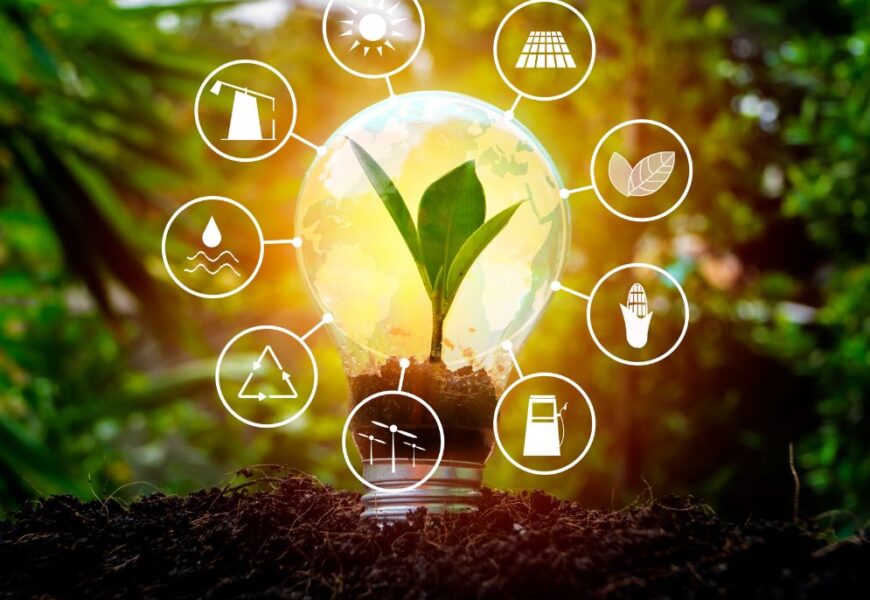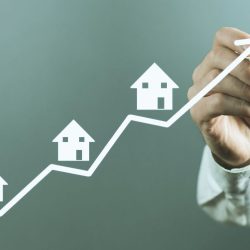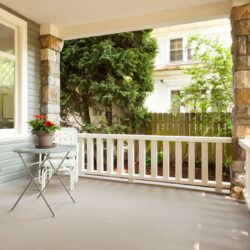As we collectively strive to build a more sustainable future, our homes play a pivotal role in reducing environmental impact. By adopting conservation practices and focusing on energy efficiency, we not only contribute to the well-being of the planet but also enjoy the benefits of long-term cost savings.
Energy-Efficient Lighting: Trade traditional incandescent bulbs for energy-efficient alternatives like LED or CFL lights. These bulbs not only consume less energy but also have a longer lifespan, reducing the frequency of replacements.
Smart Thermostats: Invest in a smart thermostat to optimize your home’s heating and cooling systems. These devices learn your preferences and adjust the temperature accordingly, ensuring efficient energy use. You can also remotely control your thermostat, allowing you to conserve energy when you’re away.
Sealing Gaps and Insulation: A well-insulated home retains heat in the winter and stays cooler in the summer, reducing the need for constant heating or air conditioning. Inspect your home for gaps, cracks and areas lacking insulation. Seal gaps with caulk, weatherstripping or foam, and consider adding insulation to attics and walls for maximum energy efficiency.
Energy-Efficient Appliances: Upgrade outdated appliances with energy-efficient models that bear the ENERGY STAR label. These appliances are designed to consume less energy while maintaining high-performance standards, resulting in lower utility bills and reduced environmental impact.
Unplug and Power Down: Many electronic devices consume energy even when turned off. Combat this “phantom” energy usage by unplugging chargers, electronics and appliances when not in use. Consider using smart power strips that automatically cut power to devices in standby mode.
Natural Light and Ventilation: Make the most of natural light during the day to reduce the need for artificial lighting. Additionally, use cross-ventilation to allow fresh air into your home, decreasing the reliance on air conditioning. Install curtains or blinds to regulate sunlight and temperature.
Water Conservation: Conserve water by fixing leaks promptly, installing low-flow faucets and showerheads and opting for water-efficient appliances. Collect rainwater for watering plants, and consider replacing traditional toilets with dual-flush or low-flow models.
Energy Audit: Conduct a home energy audit to identify areas for improvement. Many utility companies offer free or discounted energy audits, or you can use DIY tools to assess your home’s energy consumption. Use the audit results to prioritize and implement energy-saving measures.
Renewable Energy Sources: Incorporating renewable energy sources into your home, such as solar panels or wind turbines, reduces your dependence on non-renewable resources. Renewable energy devices may require an initial investment, but they offer long-term energy savings.









